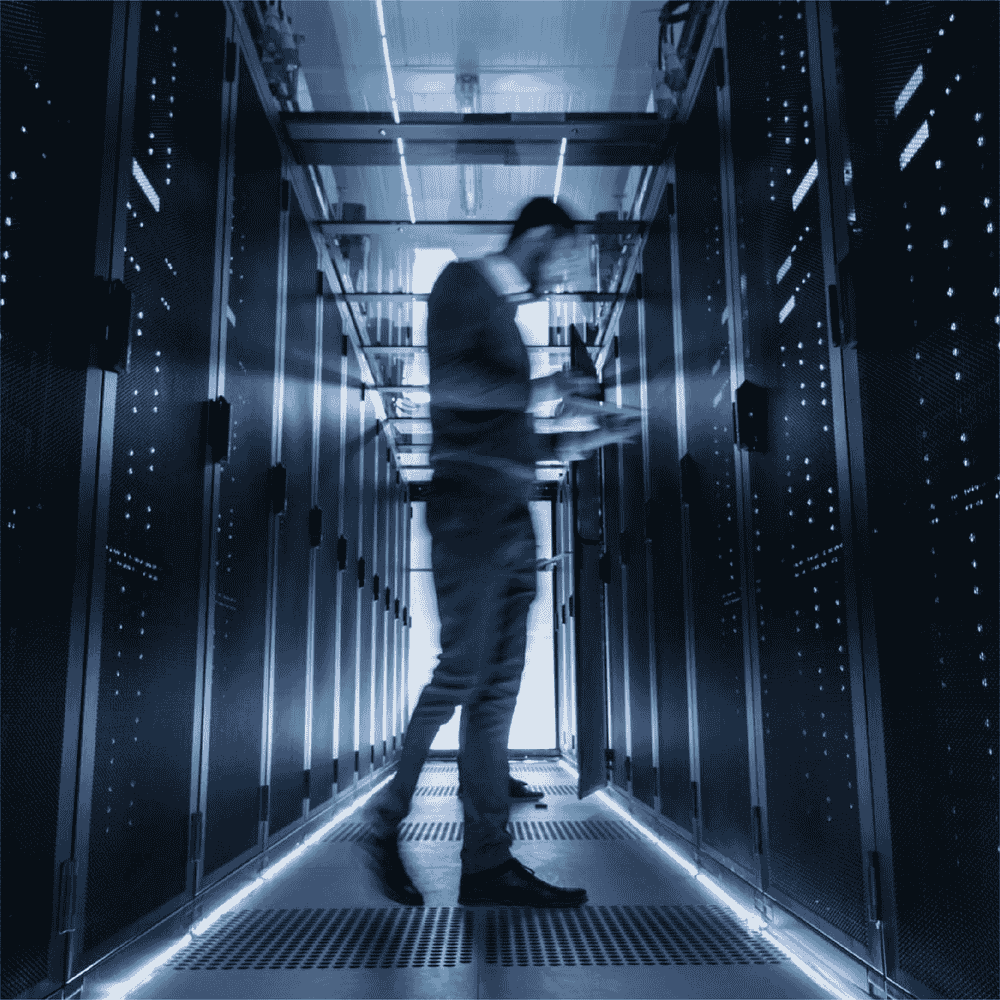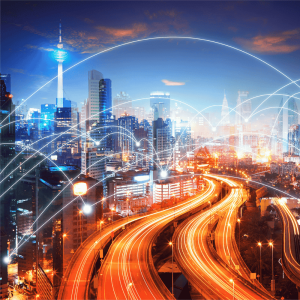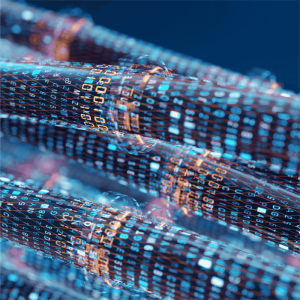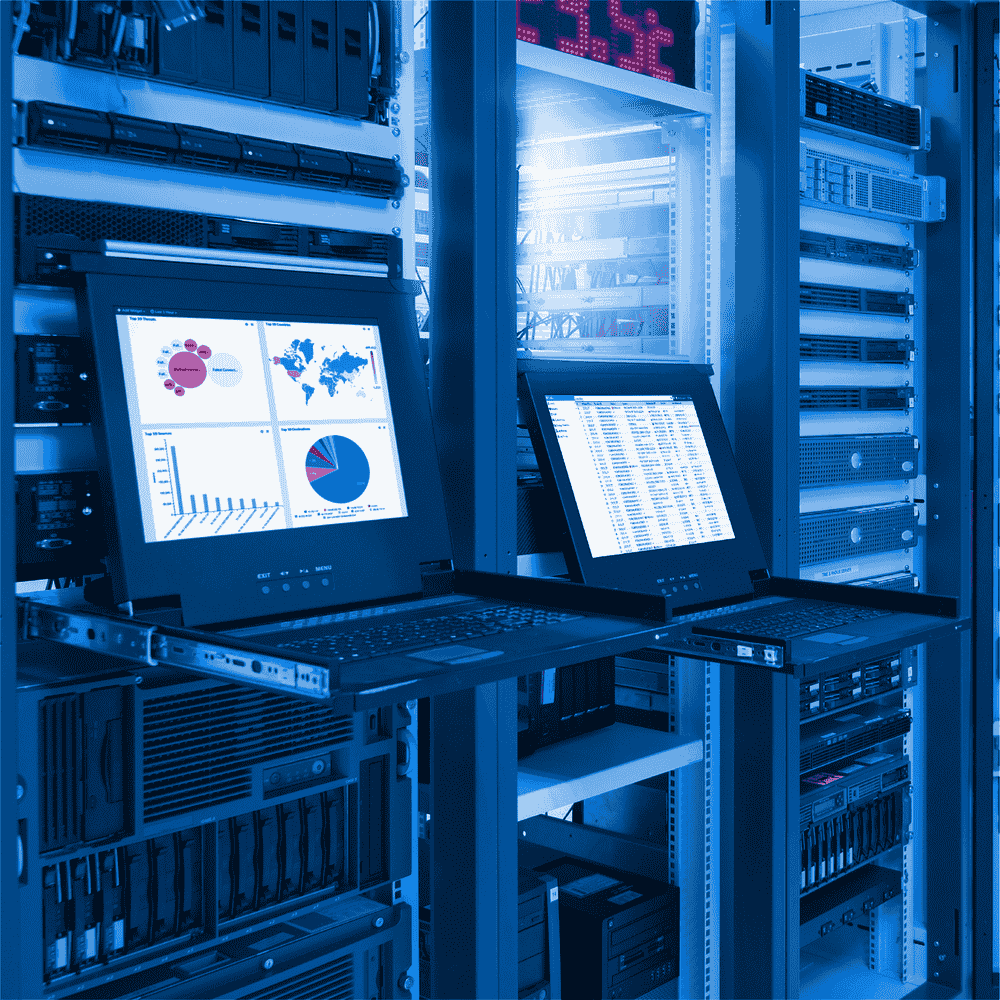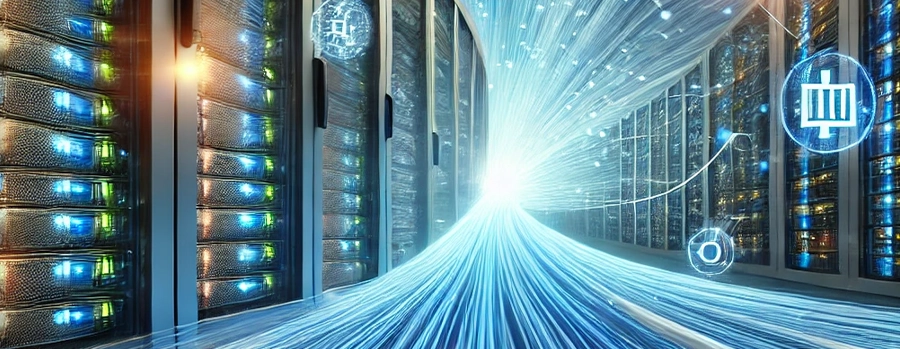The Power of Fiber Optics in Data Centers
Digital transformation increases the need for businesses to process data faster, more reliably and more efficiently. The ever-growing volume of data, along with technologies such as cloud computing solutions and the Internet of Things (IoT), puts a huge burden on the infrastructure of data centers. In order to manage this huge data traffic, a strong, high-capacity and reliable infrastructure is needed. At this point, fiber optic technology stands out as the cornerstone of data centers. Fiber optic cables provide high-speed and uninterrupted operation of data centers, forming the backbone of all operations in the digital world.
Why Is Fiber Optics Important in Data Centers?
Data centers are large facilities where servers, storage devices, and network equipment are located together. These centers carry out critical data operations that support the daily operations of businesses and individuals. Fiber optic cables allow data centers to move data much faster and more securely, offering the following important advantages:
1. Exceptional Speed
Fiber optic cables provide much faster data transmission compared to copper cables because they carry data with light signals. High speed in data centers means that large data sets are processed instantly and quickly accessed by users. The gigabit speeds offered by fiber optic cables are especially critical for cloud computing, online services, and big data analysis.
2. Greater Bandwidth
Data centers are faced with a constantly growing data flow. Fiber optic cables can easily carry this large data flow thanks to their wide bandwidth. In this way, millions of data can be processed simultaneously and users can access services connected to the data center without any problems. High bandwidth offers flexibility that will also meet the future growth needs of data centers.
3. Low Latency and High Performance
One of the most critical factors in data centers is latency. Fiber optic cables provide low latency, allowing data to be processed and transmitted to users faster. This is a critical advantage especially for applications such as real-time data processing, artificial intelligence, virtual reality and IoT. Thanks to fiber optics, data centers operate with high performance and low latency.
4. Durability and Reliability
Fiber optic cables are extremely resistant to electromagnetic interference and environmental factors. Signal losses seen in copper cables are at a minimum level in fiber optics. This durability increases the reliability of systems operating 24/7 in data centers. In addition, the long life of fiber optic cables reduces maintenance and repair costs and increases operational efficiency.
5. Energy Efficiency
Data centers consume a large amount of energy. Fiber optic cables use less energy compared to copper cables. Data transmission with light signals requires less power than electrical signals. This helps data centers reduce their energy costs. Lower energy consumption not only reduces costs, but also reduces the environmental footprint of data centers.
Revolutionizing Data Centers with Fiber Optics
Fiber optic technology not only provides speed and capacity increases in data centers, but also contributes to more sustainable and secure operations. The high speed and reliability offered by fiber optic cables transform data centers in various areas:
1. Cloud Computing Services
Data centers are at the center of cloud computing services. Fiber optic cables provide fast and reliable access to cloud services. This allows users to instantly access their data from anywhere in the world. Fiber optic infrastructure supports the spread of cloud-based services, allowing businesses and individuals to seamlessly integrate into the digital world.
2. Artificial Intelligence and Big Data Analysis
Artificial intelligence (AI) and big data analytics require fast and accurate processing of large data sets. Fiber optics provides an ideal infrastructure for AI and big data analysis by instantly processing this huge volume of data. This enables data centers to provide high performance while hosting AI-based applications.
3. IoT and Real-Time Data Processing
The Internet of Things (IoT) includes an ecosystem where billions of devices are constantly generating data. Instant processing of this data and presentation to users can be provided with fiber optic infrastructure. The low latency and high bandwidth offered by fiber optic cables enable real-time data processing for IoT applications in data centers.
Data Centers of the Future: Excellent Performance with Fiber Optics
In the future, data centers will grow even larger and the amount of data they process will increase exponentially. This growth necessitates a more powerful infrastructure. Fiber optic technology stands out as the most ideal solution to meet this need. 5G, artificial intelligence, virtual reality, augmented reality and many other advanced technologies require data centers to be supported by fiber optic infrastructure.
With the expansion of data centers, new generation technologies will be built on fiber optic networks. With high speeds, wide bandwidth, low latency and energy efficiency, fiber optic cables will take data centers one step ahead in the digital world of the future.
Conclusion
Fiber optic technology is a revolutionary infrastructure that increases the speed, reliability and efficiency of data centers. With its high speed, wide bandwidth, low latency and durability, fiber optics enables data centers to overcome the challenges they face in the modern world. As a pioneer of digital transformation, this technology improves data center operations and provides a solid foundation for future growth and development.

